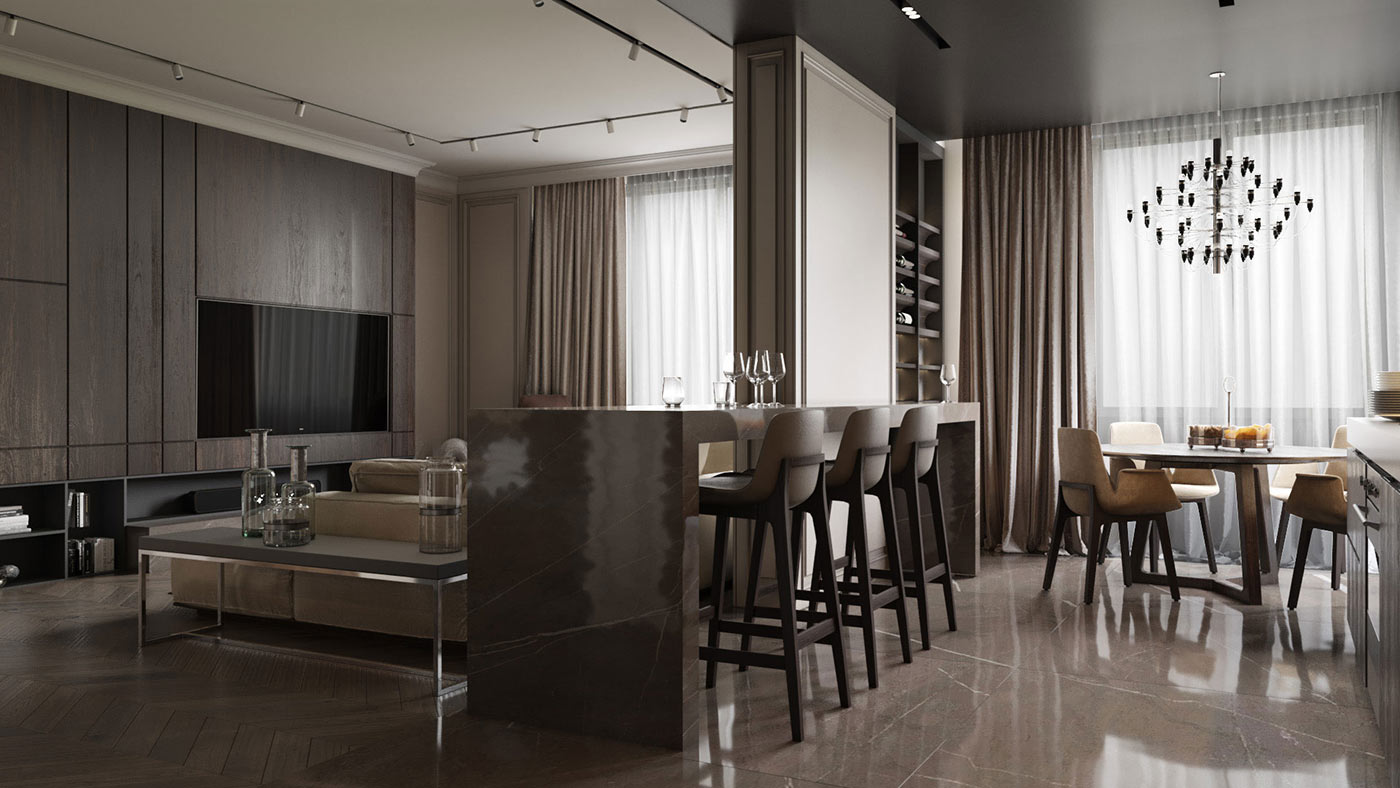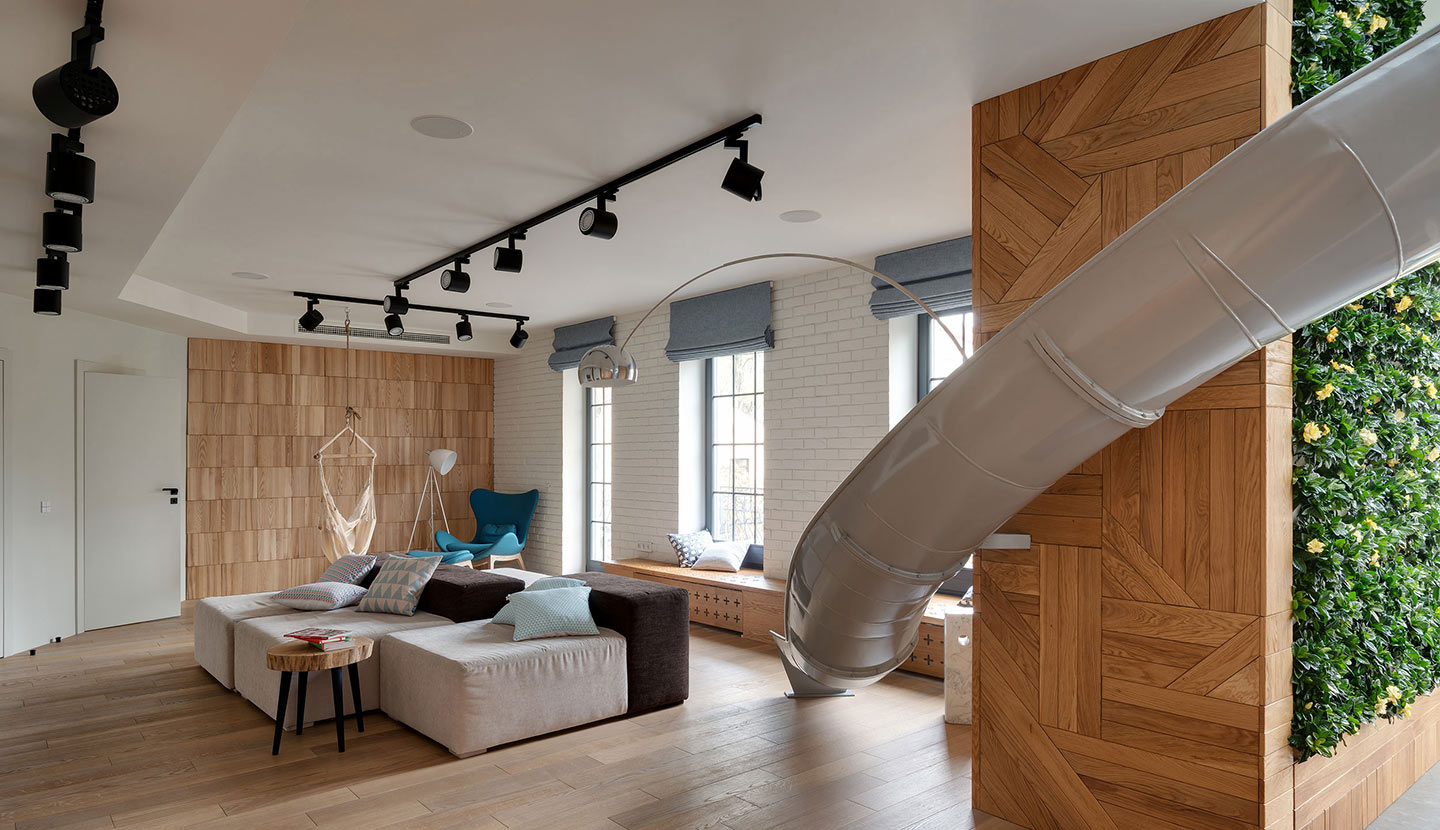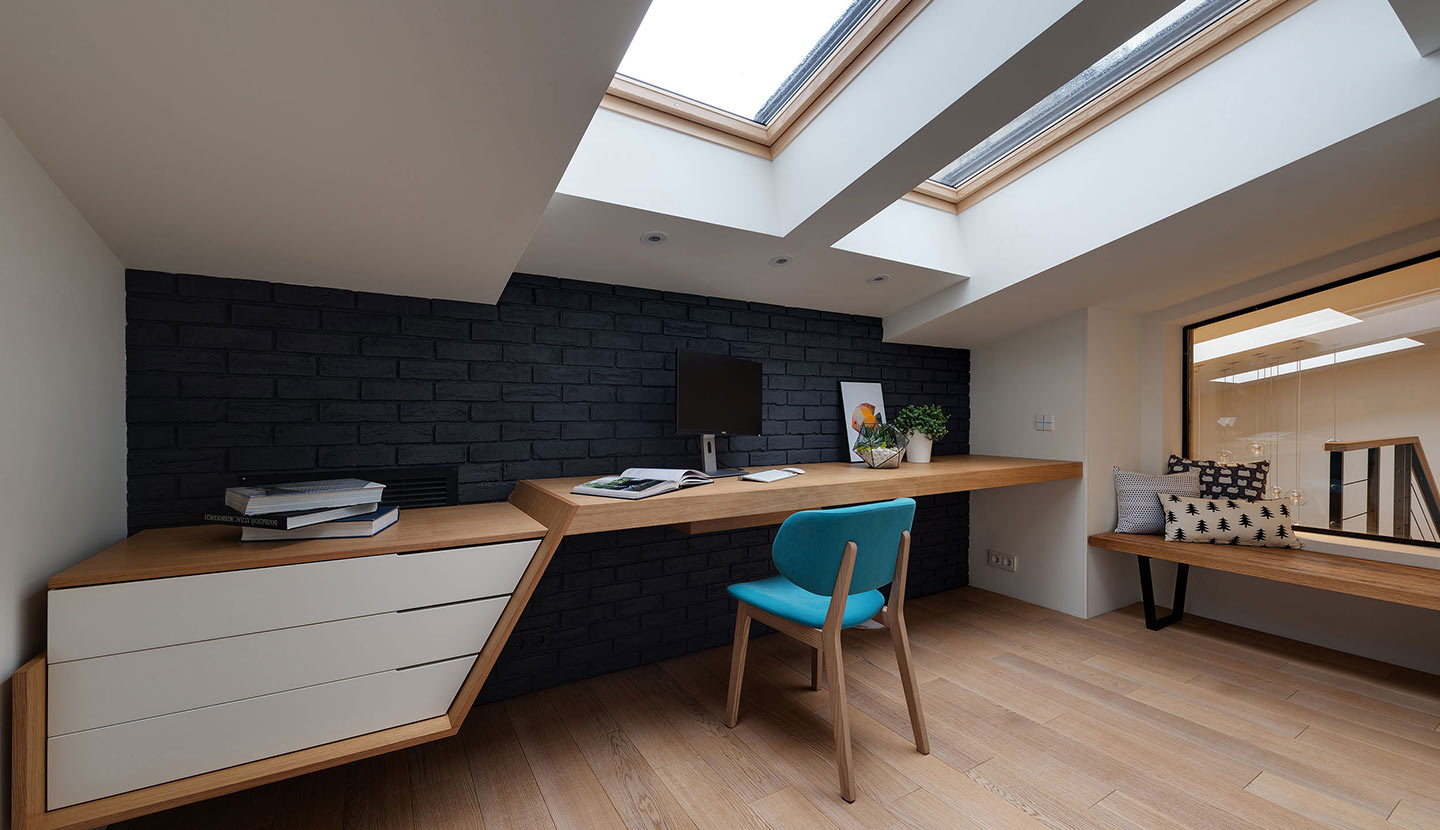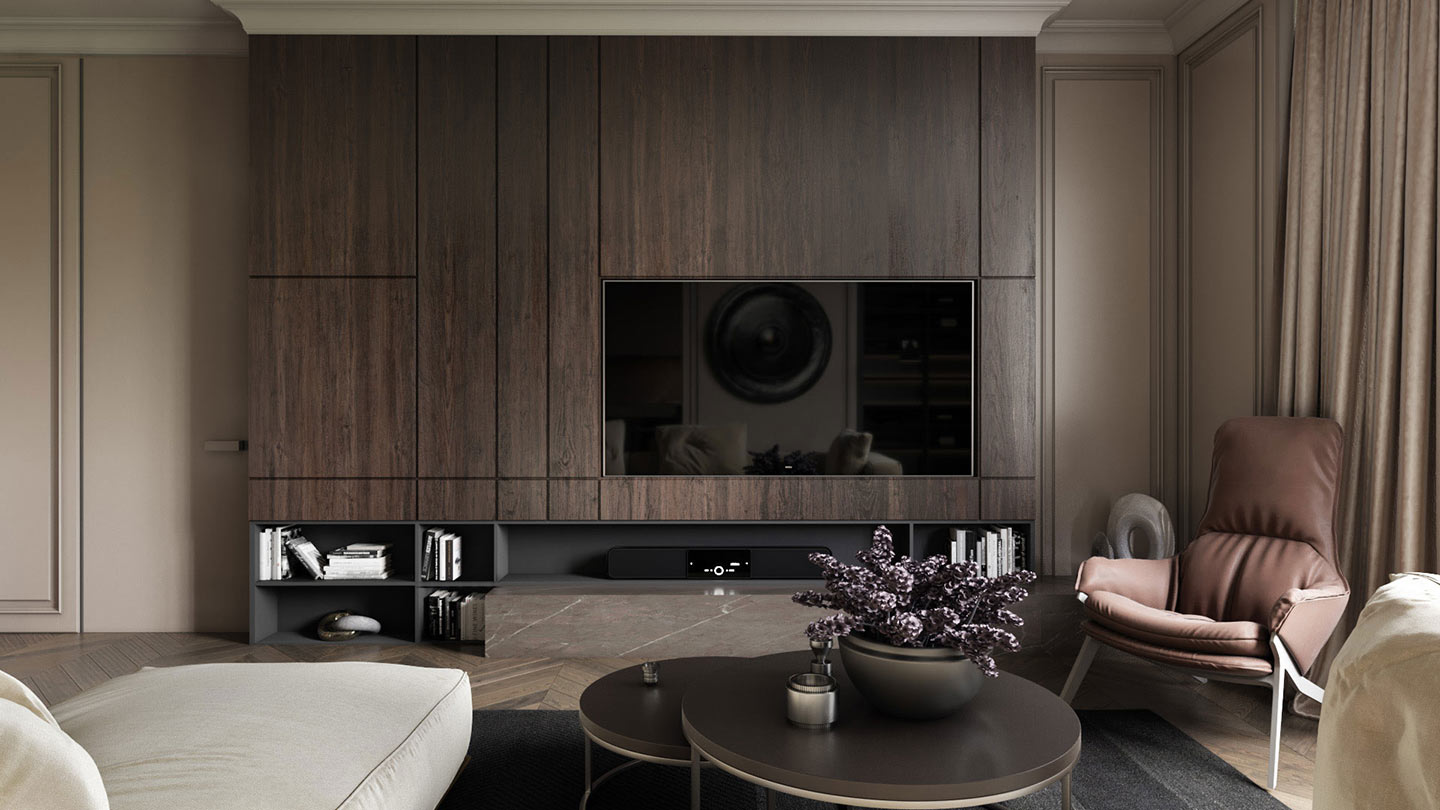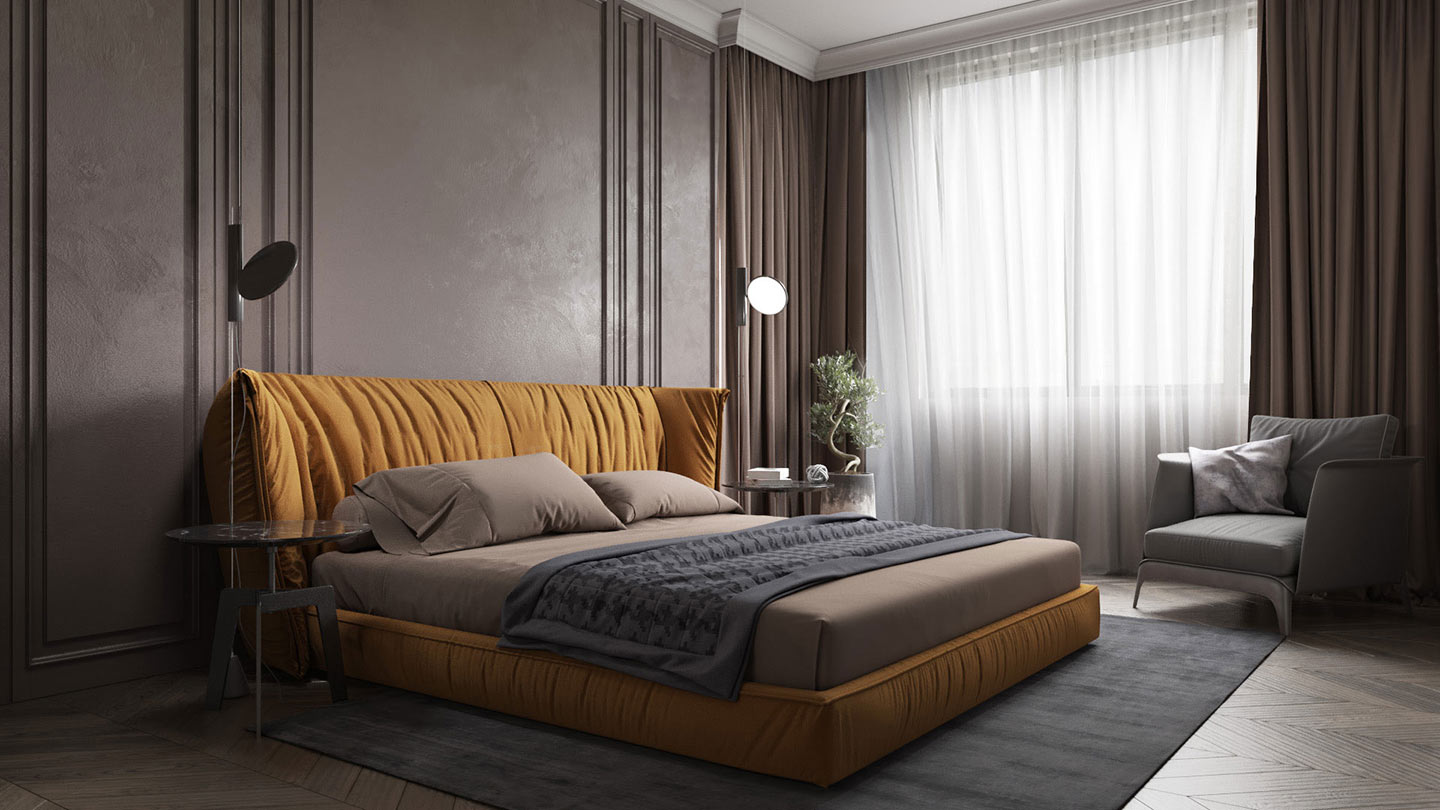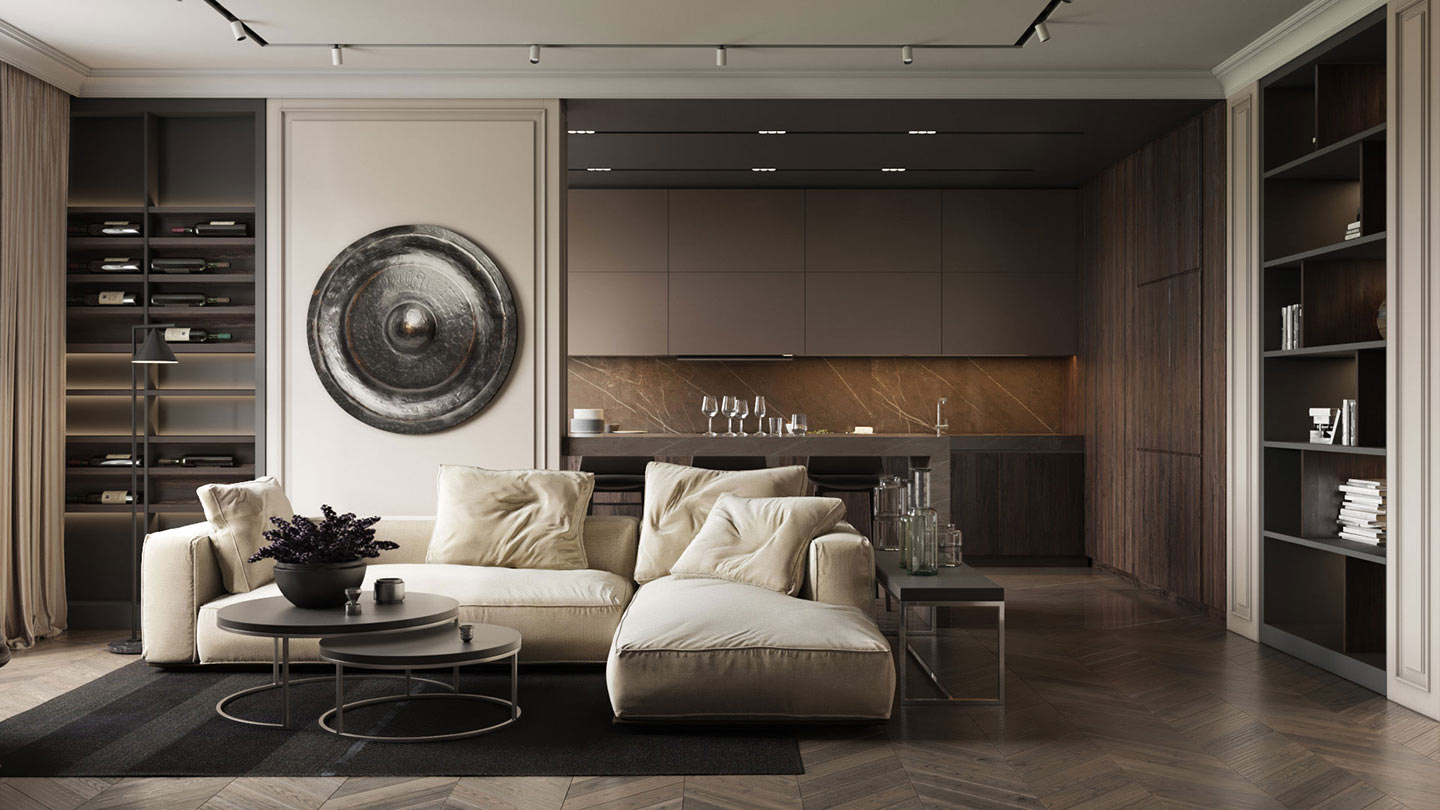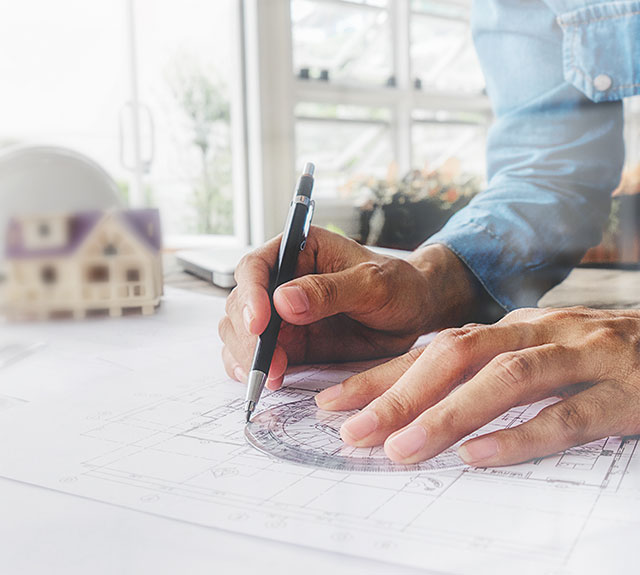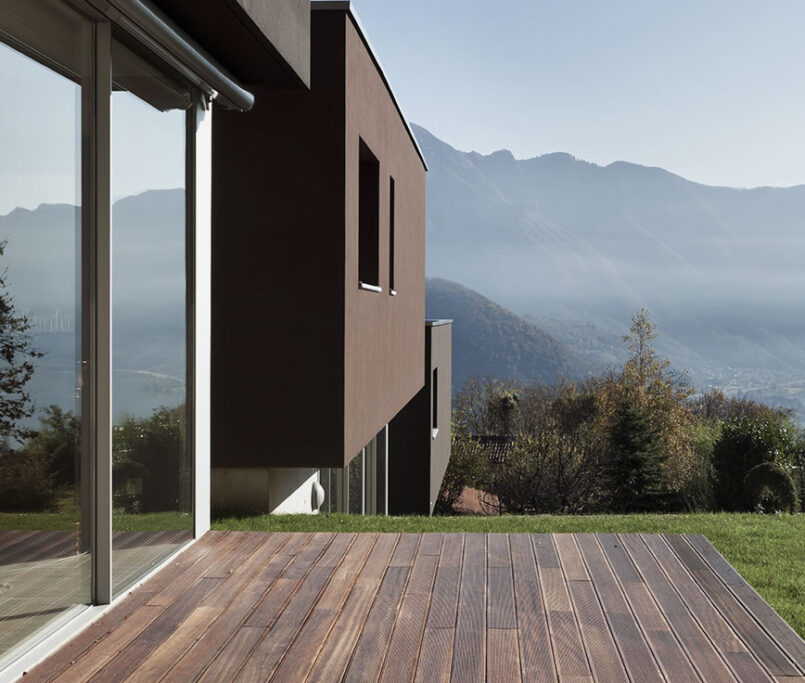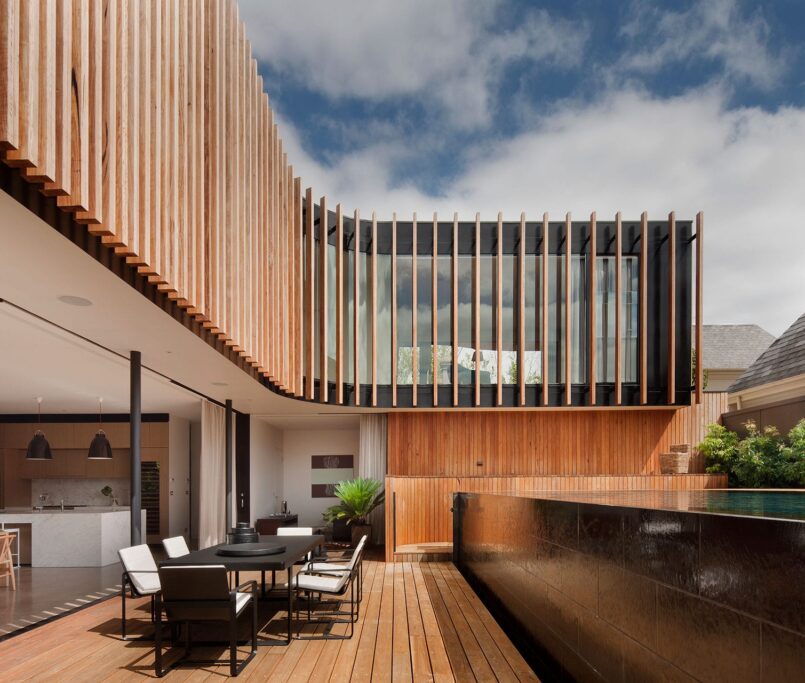“We shape our buildings; thereafter, they shape us.” – Winston Churchill
Where we learn is just as important as what we learn. From a child’s first classroom, a university lab, or a nook in your home to study, the design of the learning space communicates powerfully and subtly about who, why, and how we will learn.
Good design is not about style. Good design in education is about facilitating good design for human learning, so “minds in motion” can be supported.
Why Design Affects Learning
Research has shown that space can benefit learning. These design elements impact academic performance:
- Natural light enhances alertness and productivity.
- Ergonomic furniture supports focus and physical comfort.
- Color affects memory, calmness, or creativity.
- Varied layout supports collaborative or independent learning/working modes.
Good design becomes a silent partner in learning – a learning supporting environment that develops individual ability through supporting focus, calming anxiety, and stimulating curiosity.
Learning by Age: Not One Size Fits All
Designing education is never one-size-fits-all. Each age of learning will need a different environment:
- Early learners want color and things to touch and space to open up in
- Teenagers want privacy, excited decor, and areas for tech capabilities
- College students want minimum distractions, modular options, and ambient light that helps them get to “deep focus”
“Education is not the filling of a pail, but the lighting of a fire” – W.B. Yeats
An appropriate space will now help to start that fire.
Home Study Corners: The Classroom of Everyday Life
Home is now a classroom as hybrid and remote learning has become our norm. Even the smallest and most well-designed corner can promote productivity. A few important considerations include:
- Natural light or a well-positioned lamp
- Desk space that is free of clutter and contains only essentials
- Seating that is supportive
- Personal touches that inspire you
Designing spaces in the home that promote better learning for students, kids and adults too, helps the person feel more anchored whether their classroom is virtual or face to face.
Nature As Co-Teacher: The Potent Potential of Biophilic Design.
Integrating natural elements can change learning environments for the better. Integrating the best aspects of indoor to outdoor spaces is referred to as biophilic design. Biophilic design, at its core, is the integration of nature for the benefit of our emotional and mental well-being.
- Indoor plants, wood grains, natural light and materials
- Reduce stress and anxiety
- Encourage concentration
- Increase air quality and mood
Nature does not distract from learning – it deepens learning.
Last Thought
Interior design use as practice in education is beyond an afterthought. It is a practice for transformation. We have an opportunity to intentionally shape our environments. This work is done to create spaces that are meant to not only look good but think good.
Whether you are designing a preschool, creating a study nook, or helping to re-design collective, institutional learning spaces — always remember:
Design is not decoration. It is direction.

